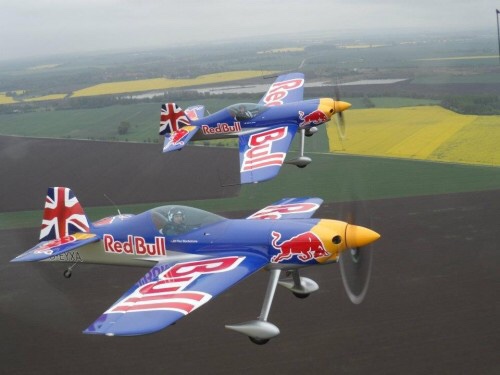Very funny.

You do know the reason GA tails started to slant back right? Marketing.
Look at the trailing edge of aerobatic airplane rudders, look at the tail on a P51 mustang. They slant like the Mooney tail. Why? Because with an increase in angle of attack you have a decrease in speed and thus rudder effectiveness. So you want the rudder becoming more vertical not less in that mode. It wasn't just for looks! Also the all trimming tail is part of the efficient design by avoiding aerodynamic trim tabs. It's a good design, even if some people think it looks funny

Sent from my iPhone using Tapatalk




